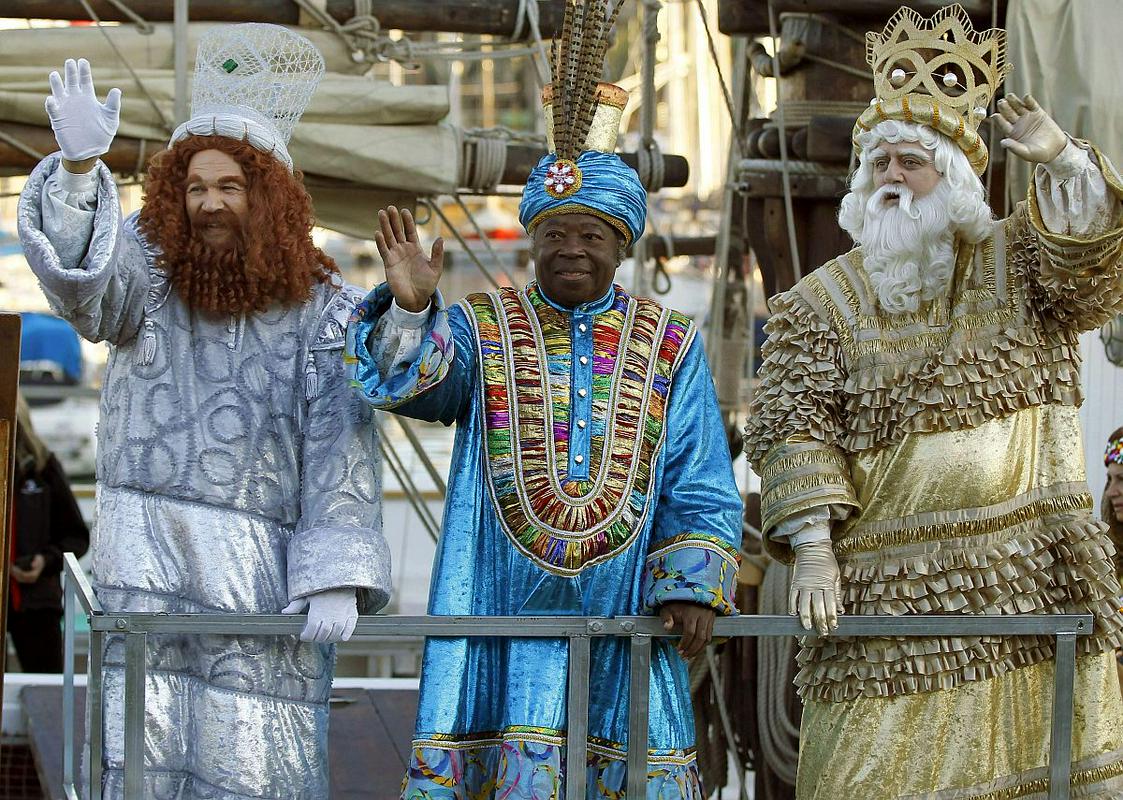In many parts of Slovenia, a chalk-written script appears on house doors on January 6, consisting of the letters G, M, and, B, along with the numbers representing the new year: 20 + G + M + B + 14.
The cryptic message is written to mark Epiphany, which marks the end of the Christmas season. The three letters represent the three Wise Men: Caspar (Gašper), Melchior (Miha), and Balthazar (Boltežar), who, after being guided by the Star of Bethlehem, came to visit the newborn Jesus and bring him gifts. In Christian tradition, the three wise men represented the pagan peoples of the East.
As it turns out, Epiphany traditions themselves have pre-Christian origins. They symbolize the passage of the year’s darkest and scariest period and the advent of longer, brighter days.
In much of Slovenia, people burn incense on Epiphany. They also bring consecrated water home from church and sprinkle it around their homes.
Bread plays an important role in Epiphany traditions. For the holiday, homemakers bake special loaves, often ornamented with symbolic imagery (birds, the moon, and so on). Sometimes, the bread comes in three pieces and is baked two weeks earlier: one of the pieces is eaten on Christmas, another on New Year’s Eve, and the final on Epiphany.
Caroling is another important element of Epiphany celebrations. Carolers traditionally dress as the Three Kings and the Star of Bethlehem; they then go from house to house, sharing their holiday wishes and celebrating the birth of Christ – just like the original Wise Men did more than two millennia ago. In many cases, the carolers collect money for Catholic missions abroad. (Traditionally, carolers were given dried fruit, walnuts, and – near the coast – figs in exchange for their good wishes.)
Several place names in Slovenia are named “Sveti trije kralji” (The Three Wise Men), indicating the importance of a holiday that celebrates the coming of light and hope after the darkest part of the year.



































































